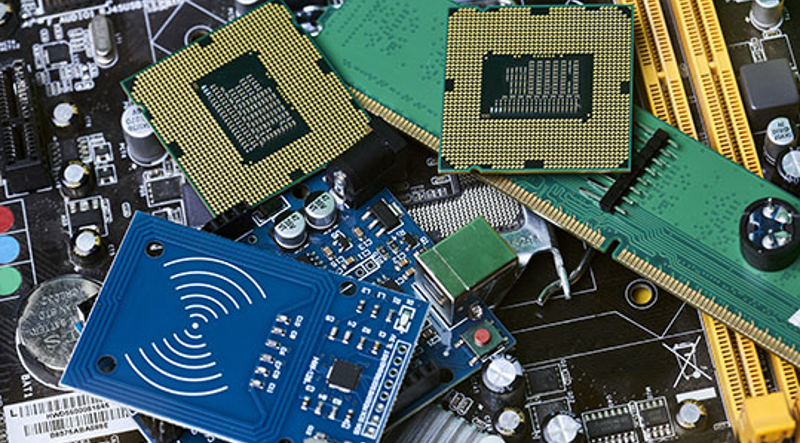In the spring of 2021, we reported on the supply chain issues caused by COVID-19 like most news outlets and industry publications, touching briefly on the semiconductor shortage in particular. Fast forward six months and the problem still has not resolved itself and it doesn’t look like it will happen anytime soon. Manufacturers need to look deeply into their supply chain and assess important items such as supply chain competitors, supply chain layers, strengthening supplier relations, just-in-time strategies and more, to prepare for the next major disruption.
Ongoing impact of chip shortage
Not only has the chip shortage been hitting the manufacturers responsible for making products, but consumers have been grappling with the impact of the shortage as well.
- The prices of these chips and the products that require them have increased drastically
- Consumers are paying more and have less options when it comes to cars or technology products
- OEMs are reducing features/options in vehicles to preserve chips such as start/stop, wireless charging, and heated seats
- Relationships between OEMs and automotive suppliers have been strained
What’s being done to relieve some of the tension?
Buckle up. The general consensus is that this shortage/tension on the supply chain could last through 2023, but there are measures being taken in the short term to relieve some of that pressure and ramp up supply. This won’t be an overnight solution but there is hope for manufacturers.
- Chip manufacturers are increasing production capacity. Current chip manufacturing plants have increased production capacity by nearly 30% from the same time in 2019. Intel, Samsung, and Taiwan Semiconductor Manufacturing Company (TSMC) have all announced plans to build chip fabrication plants; however, these will take years to build.
- The U.S. government is pitching in to help address these unprecedented shortages. An executive order identified semiconductor shortages as a “critical supply chain risk” and Congress has proposed the CHIPS Act, a $50 billion subsidy to boost the U.S. semiconductor production and address the “technology gap” in semiconductors.
- Automotive OEMs are strategically planning to get ahead of potential future risks. These measures include forming strategic partnerships with chip suppliers to increase both short-term and long-term supply, and assessing whether or not to bring portions of the chip value chain in-house.
Closing thoughts
We are not quite seeing the light at the end of the tunnel, as most major suppliers and officials do not see the shortage resolving until at least this time next year with some projecting as late as 2023. Unsurprisingly the projected North American automotive production volumes continue to decline, and consumers continue to have a hard time finding vehicles to purchase.
The chip shortage can be a valuable lesson for manufacturers that pay attention. Look deep into the supply chain beyond the first or even second layer to identify potential risks. Focus on strengthening supplier relations to reduce the strain on those relationships in time of crisis and identify potential supply competitors. Always be planning. Our innovative business and strategy consulting professionals are proven leaders in assessing and evaluating risks to create custom solutions for manufacturers.
Have a Question?
Please complete this form to hear from our innovative manufacturing professionals
By submitting this form, you agree to be contacted by UHY.







